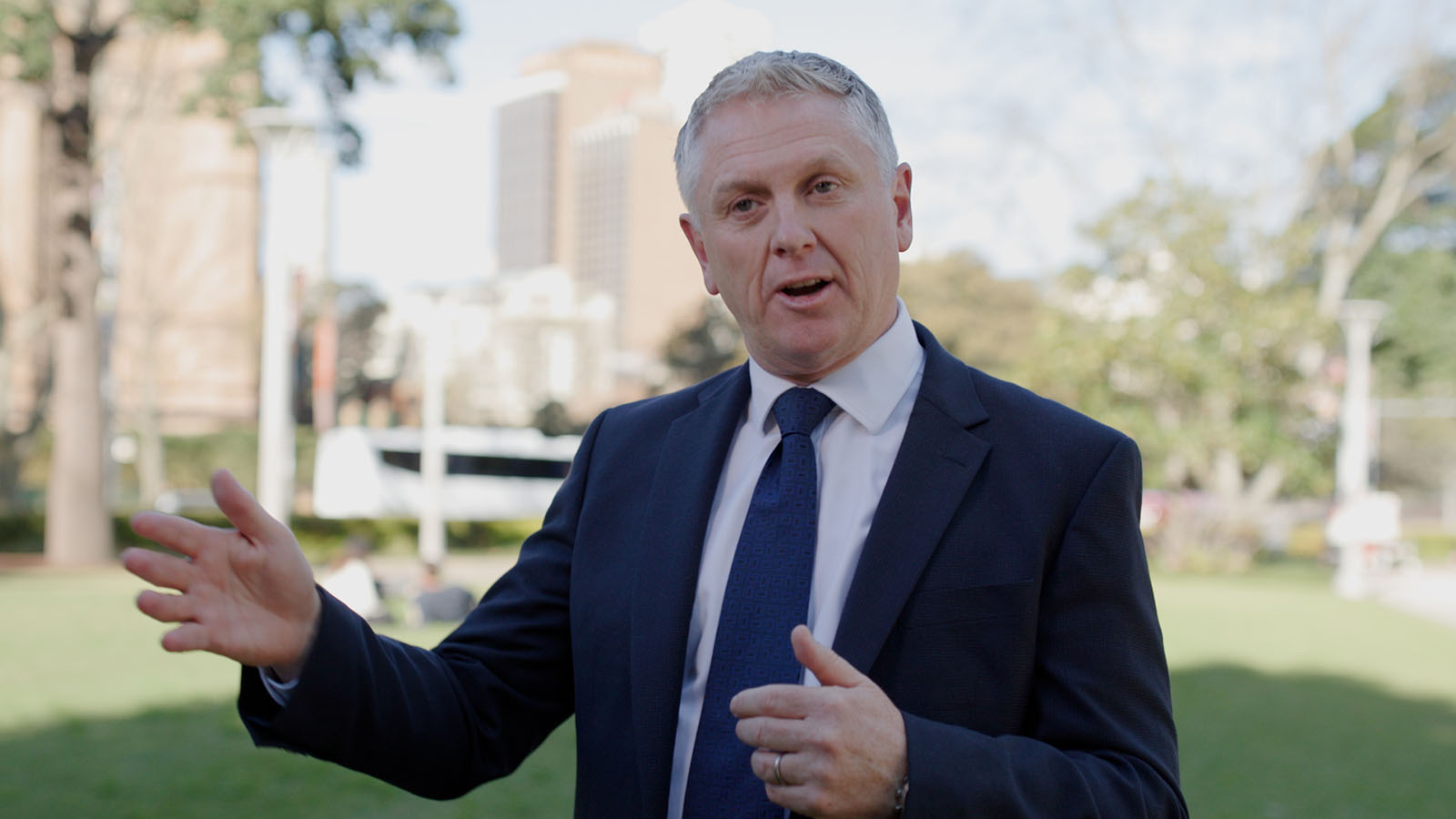01
Short-term pain for medium-term gain
- Recession risks have been delayed, not avoided: The surprise over the first six months of the year has not been the slowdown in economic activity. It has been the pace of the slowdown, which has been more gradual than expected, given the pace of interest rate hikes both in Australia and abroad. Rising rates are now starting to bite into economic activity. However, excess consumer savings, solid corporate fundamentals and tight labour markets have provided a greater cushion than expected.
- A short and shallow global recession is coming: Macquarie still expects the global economy to slip into a short and shallow recession starting in 4Q23 with the US, Europe and the UK experiencing various-sized economic contractions out through mid-2024. Australia is expected to avoid the same fate as strong population growth and the recycling of unexpected commodity price gains provide support against a weaker consumer and rising unemployment. However, downside risks are building for the Australian economic outlook as the RBA remains resolute in its efforts to bring inflation back down into its target 2-3% range and it is possible that a recession is also an unintended consequence of the inflation fight.
- Lower inflation in focus for central banks: While the resilience of economic growth is encouraging, it’s likely that slower activity and rising unemployment will be needed to bring core inflation measures back into central bank target ranges over the coming 12-18 months. Because central banks fell behind the inflation fight in 2021/22, they have been forced to raise rates at a rapid pace and without the luxury of waiting to see how policy tightening is working its way through economies. This is creating uncertainty around whether central banks have, or have not, done enough to tame inflation. Ultimately how high interest rates go will be a function of comfort around inflation, meaning economic growth will remain the collateral damage of rate hikes. At this stage, we think Australian households and businesses should not expect to see any rate relief out through 2Q24.
- Patience required before a new bull market starts: Bear markets are painful, can be prolonged and are usually characterised by numerous false starts that drive oscillating (and fragile) sentiment. We don’t think the equity bear market that started in 1Q22 is over yet. The rally year to date has been encouraging and illustrated a willingness to get back into risk assets. The true test will come over the next six months, as economic growth slows, and policy rates remain stuck at peak levels. Equities are driven by the combination of valuations and earnings. Without lower rates, a sustained valuation expansion phase is unlikely. Similarly, corporate profit margins are now at threat from elevated input cost inflation and weakening final demand. This is not a favourable combination for equity markets. Consequently, we think the near-term equity outlook is poor with valuations not yet cheap enough to provide a floor into rising cyclical weakness. While we do not expect equity markets to retest their 4Q22 lows, investors should remain cautious and wary of chasing the rally when macroeconomic uncertainty is elevated and the cushion for downside is thin.
- Time to lock in peak bond yields (before recession drives them): For more than a decade, the hunt for yield has driven investors out the risk curve and into pockets of credit, real assets (such as real estate and infrastructure) and private markets. This is no longer necessary with sovereign bonds offering the highest yields since the Global Financial Crisis (GFC.) We believe there is a short window to lock in peak yields before economic risks force them lower. While cash (deposit) rates are appealing vis-a-vis bonds, the short duration nature of cash opens depositors up to reinvestment risk in the future vis-à-vis bonds, which can provide much longer dated yields.
- Residential property prices have bottomed even if the path forward is rocky: The Australian housing market has weathered rising interest rates much better than expected. House prices across the five major cities are picking up again despite the 400bp cash rate increase in the 12 months to July this year. Macquarie’s base case is for nationwide dwelling prices to rise, in nominal terms, ~2% over the remainder of 2023 before increasing by ~7% over 2024. Admittedly there is significant uncertainty around the short-term path of housing prices, but with policy rates approaching a peak, supply shortages likely to persist, rental availability low, and immigration running hot, we think the worst is already over even if a bit of short-term volatility remains.
- Wealth creation is a long game: Economic and financial market transitions take time. The economic downturn has been a slow train coming, but it will arrive. With the majority of fixed-rate mortgages taken out during the pandemic resetting over the coming four quarters, Australia is about to see prior rate hikes begin to bite much deeper into consumer behaviour. While the near-term outlook is clouded by uncertainty, Macquarie believes the downturn will be a short disruption, with the economy recovering by 2H24 and markets likely in advance of this. For now, patience is needed as the adjustment across asset markets proceeds at varying speeds. When uncertainty is high, there is always the temptation to sit on excess cash. However, over the long term, trying to time markets has proven to be a costly strategy versus being fully invested and well-diversified.
